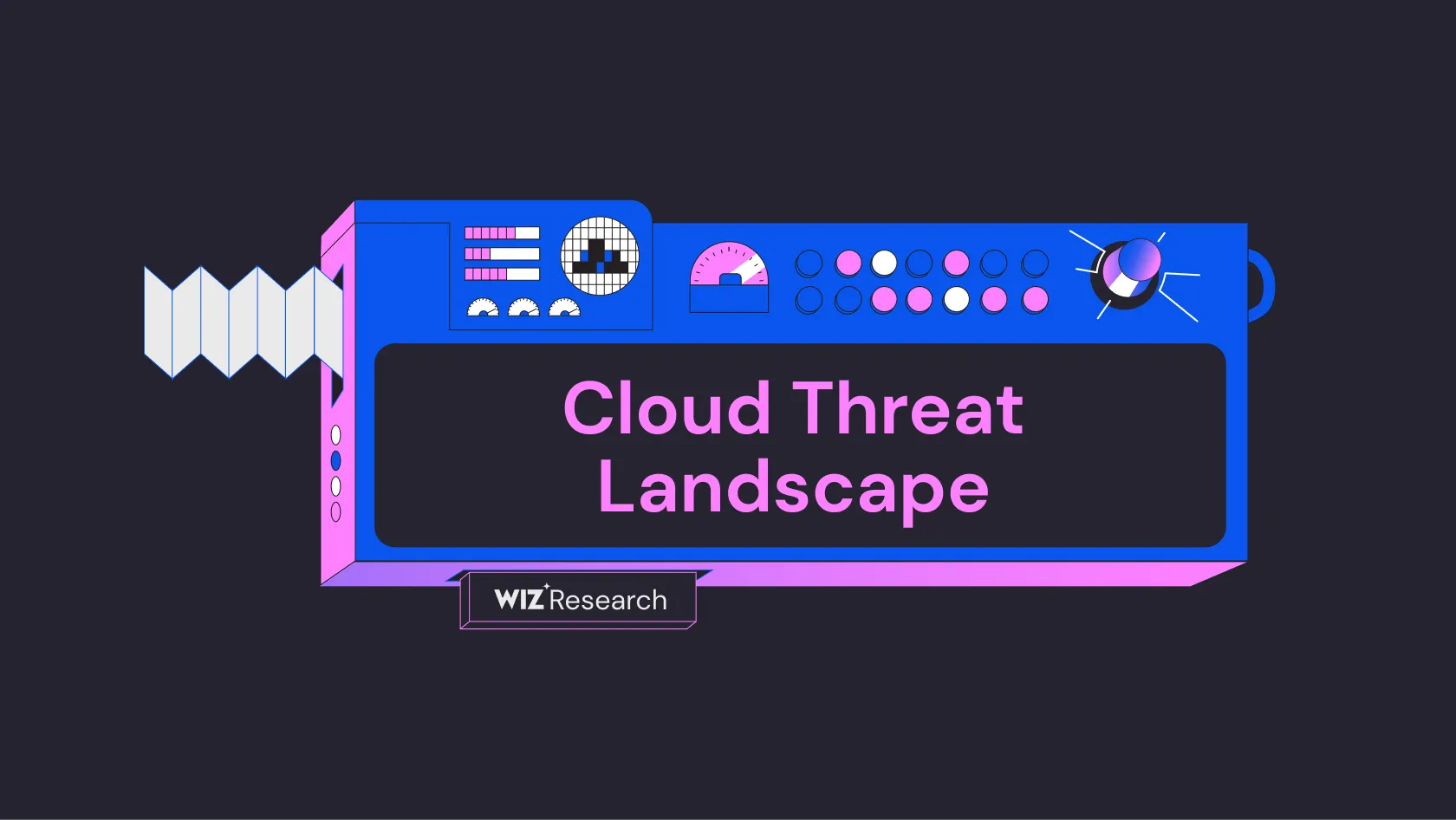
Cloud Vulnerability DB
An open project to list all known cloud vulnerabilities and Cloud Service Provider security issues
CVE-2022-49611 addresses a security vulnerability in the Linux kernel related to Return Stack Buffer (RSB) underflow and poisoning attacks. The vulnerability was discovered in the x86/speculation component and affects the RSB handling during VM-exit operations (Kernel Git).
The vulnerability involves two types of RSB attacks that can occur after vmexit: RSB underflow and poisoned RSB entry. On Intel processors with "bottomless RSB," when the RSB is empty, speculated return targets may come from a potentially user-poisoned branch predictor. AMD processors are particularly vulnerable as all returns are speculated from the BTB regardless of RSB state. The issue affects systems using IBRS (Indirect Branch Restricted Speculation) or retpoline mitigations (Kernel Git).
The vulnerability could allow attackers to exploit speculative execution through RSB manipulation, potentially leading to unauthorized access to sensitive information through side-channel attacks. This is particularly concerning in virtualized environments where VM-exit operations occur frequently (Kernel Git).
The vulnerability has been patched by implementing RSB filling on VM-exit operations for systems using retpoline or IBRS. The fix involves adding a new feature flag (X86FEATURERSB_VMEXIT) and implementing proper RSB filling mechanisms. Systems using eIBRS do not require this mitigation as they have built-in protections against RSB poisoning (Kernel Git).
Source: This report was generated using AI
Free Vulnerability Assessment
Evaluate your cloud security practices across 9 security domains to benchmark your risk level and identify gaps in your defenses.

An open project to list all known cloud vulnerabilities and Cloud Service Provider security issues

A comprehensive threat intelligence database of cloud security incidents, actors, tools and techniques

A step-by-step framework for modeling and improving SaaS and PaaS tenant isolation
Get a personalized demo
“Best User Experience I have ever seen, provides full visibility to cloud workloads.”
“Wiz provides a single pane of glass to see what is going on in our cloud environments.”
“We know that if Wiz identifies something as critical, it actually is.”